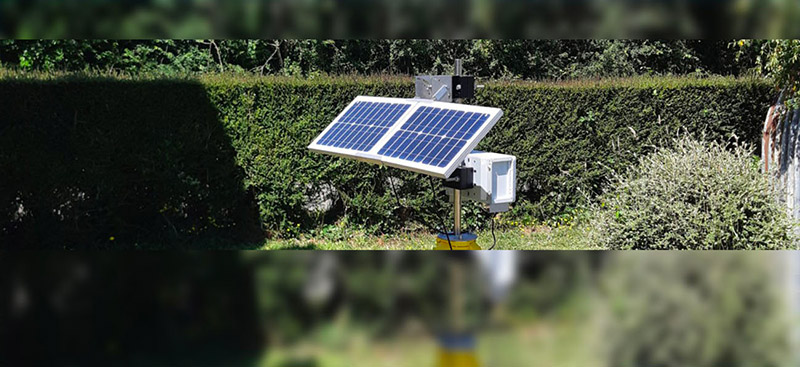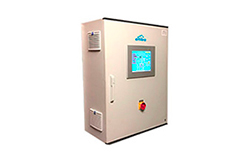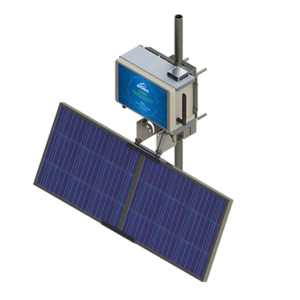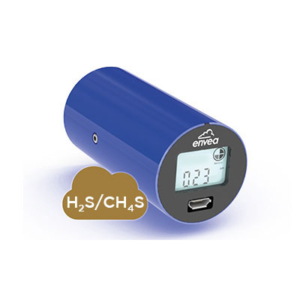
The waste recovery syndicate Kerval operates on the site of Launay-Lantic, a composting plant of green algae, household waste and green waste, as well as a technical landfill of waste.
The 2019 season had been marked by massive strandings and arrivals of green algae on the site of Lantic having generated extremely malodorous juices.
In this context, Kerval has worked with representatives of local residents on a memorandum of understanding aimed at better managing the conditions for the management of green algae on the site and the monitoring of air quality.
Air Breizh has consequently set up in 2020 (from May 28th to October 27th) a specific monitoring system including measurements on the treatment site and at three locations in the vicinity. The objective was to continuously monitor hydrogen sulfide (H2S) levels and to verify the absence of health risks.
H2S is not a compound whose levels in ambient air are regulated to date, but the World Health Organization (WHO) has defined a guide value for the population health protection set at 150 µg/m3 as a daily average.
Continuous off-site measurements were performed using 3 Cairnet® mini stations equipped with a H2S Cairsens® micro-sensor over a range of 0 – 1000 ppb / LOD 10 ppb.
Each Cairnet® is connected to a solar panel ensuring its autonomy and does not require any electrical connection.
The data are transmitted and exported in real time (quarter-hourly data) to the Air Breizh server.
In practice, the measured hydrogen sulfide concentrations in the neighbourhood were almost 20 times lower than the guide value.
The system will be renewed in 2021.
Verwandte Inhalte
Informationsanfrage



